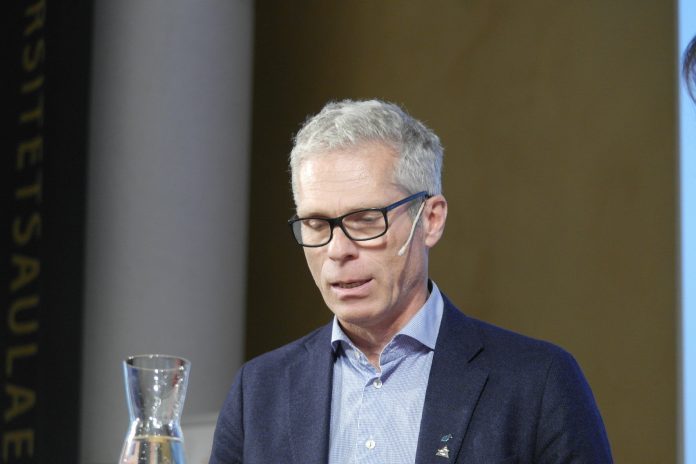The Institute of Marine Research (IMR) still uses echosounders and trawls to measure and sample fish stocks in the Atlantic, but even more advanced solutions are being used to monitor the ocean that faces ever tougher challenges.
“We have drones to count seals and use different types of robotics to monitor the oceans,” says Geir Lasse Taranger.
The research director at IMR does not hide the fact that further, and novel, challenges for marine life will demand new methods for retrieving and analyzing the right information.
Subsea
Underwater drones, satellites, so-called “Christmas trees” standing on the seabed, the last one familiar from subsea technology, are also tools that can provide data points for mapping of marine acidification, microplastic and temperature changes.

A warmer sea means melting ice and opening of the deep polar sea.
“One of the things we can predict in the high north is less ice and an opening for transport routes to Asia, and it also signals opportunities for the development of oil and gas production in vulnerable areas that are vulnerable to risk from oil spills,” says Taranger on the opening day of the NCE Seafoods Sustainable Growth Summit at the University of Bergen.
Game changer
“A game changer can be micro-plastic, where we will take action before it’s too late,” says Taranger, pointing out that micro-plastic can change the entire value chain and ecological interaction in the ocean.
“The sea is not destroyed, but there are several major risks that need to be addressed.”
Debate moderator Siri Lill Mannes refers to a dead whale that was landed outside Bergen recently – with its belly full of micro-plastic.
“There is no quick fix,” says Taranger, adding: “Because there is so much [micro] plastic out there already.
Oil development
During the Arendal Week in September, IMR’s management challenged politicians on the recovery rate for Norway’s oil and gas production – whether one should take a “wait and see” position or continue at the same pace. Taranger admits that IMR received measured feedback from politicians.
IMR plays a key role in the development of the new traffic light system that will regulate Norway’s salmon farming in the years to come.
“In recent years, farming of Atlantic salmon has had a significant impact on wild salmon. It is already known that the zone from Karmøy to Sotra will be red, but we expect the final round of evaluation from the Directorate of Fisheries to be completed within a few days.”
Discussions
However, Taranger does not expect phone-calls from angry fish farmers after launching the system.
“There have been a lot of discussions, especially before implementing the system. Now, there is more focus on adapting to it,” he believes.
“As I have said before, I do not think Atlantic salmon alone will meet future food needs, but farming of many other species in other parts of the world will definitely play an important role,” he adds.


